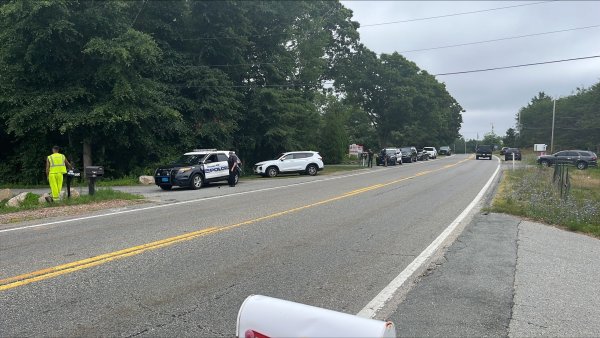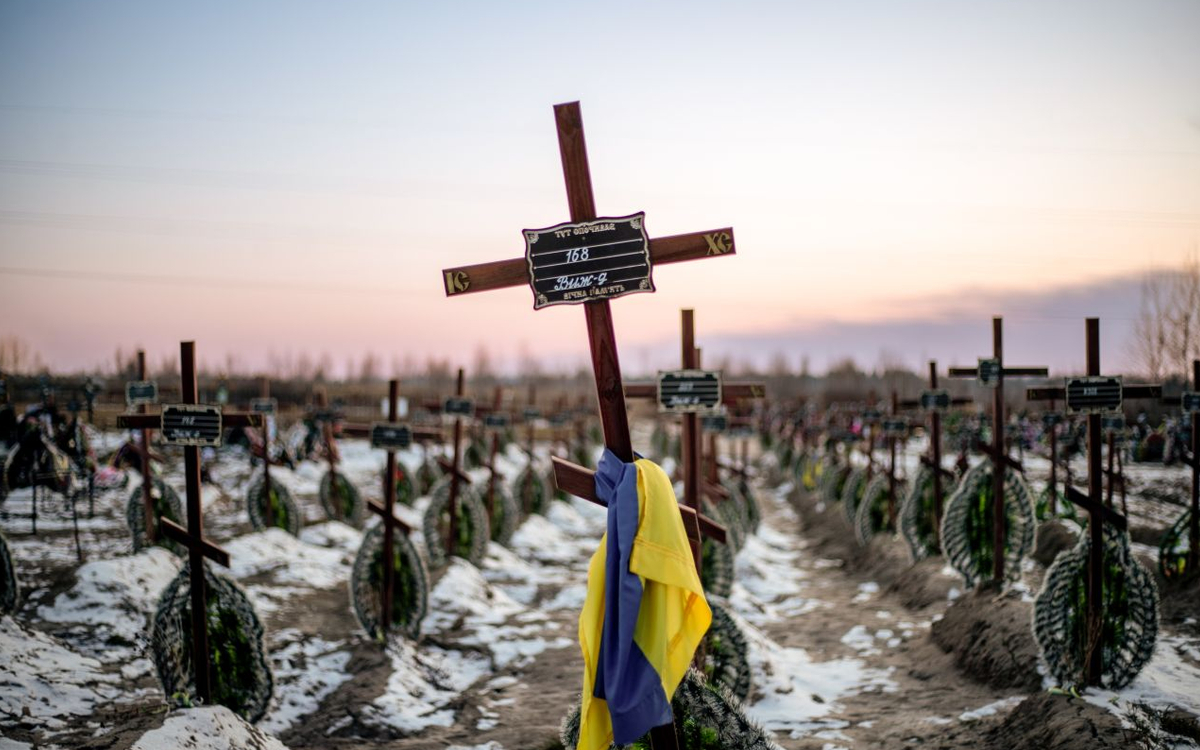Investigating The Hells Angels: A Deeper Dive

Table of Contents
The History and Origins of the Hells Angels
The Hells Angels Motorcycle Club's origins trace back to post-World War II California. Founded in 1948 in Fontana, California, the club initially consisted primarily of World War II veterans seeking camaraderie and a sense of brotherhood. Early years were characterized by motorcycle racing and a shared passion for riding, establishing a foundation of loyalty and shared identity that persists to this day. Key early members, whose names are often shrouded in myth and legend, played a significant role in shaping the club's early identity and direction. However, over time, the club's activities gradually shifted towards criminal activity and gang violence, solidifying its reputation as an outlaw motorcycle gang.
- Founded in 1948 in Fontana, California.
- Initial members were primarily World War II veterans.
- Early years characterized by motorcycle racing and camaraderie.
- Gradual shift towards criminal activity and gang violence.
- Evolution of the club's image and mythology, often romanticized in popular culture.
The Structure and Organization of the Hells Angels MC
The Hells Angels Motorcycle Club operates with a rigid, hierarchical structure. This structure ensures control and maintains order within the organization. The club is organized into chapters, with individual chapters often operating independently but reporting to larger regional structures or "mother chapters." This decentralized structure allows for localized operations while maintaining overall control and coordination.
Membership within the Hells Angels involves a strict hierarchy:
- Prospects: Individuals undergoing a probationary period before full membership.
- Full Members: Those who have completed the initiation process and hold voting rights within the chapter.
- Officers: Leaders within the chapter, responsible for overseeing operations and maintaining discipline.
A significant symbol of the Hells Angels is the "1%er" patch. This patch signifies their defiance of law and order, proudly proclaiming their status as outlaws. The patch is a powerful symbol of rebellion and solidarity, further cementing the club's image as a group operating outside societal norms.
- Hierarchical structure with a strict chain of command.
- Chapters operate independently but report to larger regional structures.
- Strict initiation rites and loyalty oaths.
- The "1%er" patch symbolizes defiance of law and order.
Criminal Activities and Legal Battles
The Hells Angels have a long and well-documented history of involvement in various criminal activities. Drug trafficking, particularly methamphetamine, is a major source of income. They are also implicated in violence, extortion, and other illegal activities. The club's extensive network facilitates their illicit operations, enabling them to operate across geographical boundaries. Numerous legal cases and convictions highlight the Hells Angels' persistent engagement in criminal enterprises.
- Extensive involvement in drug trafficking, particularly methamphetamine.
- History of violent clashes with rival motorcycle gangs and law enforcement.
- Numerous successful prosecutions for various crimes.
- Ongoing investigations and international cooperation to dismantle the organization.
The Hells Angels and Public Perception
The Hells Angels' image in popular culture is a complex one. Movies, books, and television shows often portray them as ruthless criminals, reinforcing a negative public perception. However, the club has also employed sophisticated PR strategies to attempt to improve its public image. This duality contributes to a varied public perception, with views often differing significantly across regions and demographics. The media's portrayal of the Hells Angels has significantly shaped public opinion, often emphasizing their criminal activities and violent history.
- Often portrayed as ruthless criminals in media.
- Use of sophisticated PR strategies to improve public image.
- Public perception varies significantly across different regions and demographics.
Conclusion
Investigating the Hells Angels reveals a complex and multifaceted organization with a long history of criminal activity and defiance of authority. Understanding their structure, operations, and legal battles is crucial to effectively combating their influence. While their image may be romanticized in popular culture, the reality is a powerful criminal network with a devastating impact on communities worldwide. Continue your research into the Hells Angels and their global impact to learn more about this controversial subject. Further investigation into the Hells Angels is essential to fully comprehend their enduring presence and ongoing threats. Learning more about the Hells Angels and their activities is a crucial step in understanding the complexities of organized crime.

Featured Posts
-
 Amazon Primes Etoile Gideon Glicks Captivating Performance
May 26, 2025
Amazon Primes Etoile Gideon Glicks Captivating Performance
May 26, 2025 -
 Paris Roubaix 2023 Mathieu Van Der Poel Hit By Bottle Seeks Legal Recourse
May 26, 2025
Paris Roubaix 2023 Mathieu Van Der Poel Hit By Bottle Seeks Legal Recourse
May 26, 2025 -
 The Naomi Campbell Anna Wintour Rift Impact On The Met Gala 2025
May 26, 2025
The Naomi Campbell Anna Wintour Rift Impact On The Met Gala 2025
May 26, 2025 -
 Sse Cuts Spending 3 Billion Reduction And Its Strategic Implications
May 26, 2025
Sse Cuts Spending 3 Billion Reduction And Its Strategic Implications
May 26, 2025 -
 Prokuratorzy Unikaja Pytan W Polsce 24 Szokujacy Blamaz
May 26, 2025
Prokuratorzy Unikaja Pytan W Polsce 24 Szokujacy Blamaz
May 26, 2025
Latest Posts
-
 No Credit Check Loans Guaranteed Approval From Direct Lenders
May 28, 2025
No Credit Check Loans Guaranteed Approval From Direct Lenders
May 28, 2025 -
 Best Payday Loans For Bad Credit Guaranteed Approval Direct Lender
May 28, 2025
Best Payday Loans For Bad Credit Guaranteed Approval Direct Lender
May 28, 2025 -
 Saeaestae Rahaa Lainan Vertailu Auttaa Loeytaemaeaen Edullisimman Lainan
May 28, 2025
Saeaestae Rahaa Lainan Vertailu Auttaa Loeytaemaeaen Edullisimman Lainan
May 28, 2025 -
 Lainan Vertailu Paras Tapa Loeytaeae Edullisin Laina Korkeiden Korkojen Aikana
May 28, 2025
Lainan Vertailu Paras Tapa Loeytaeae Edullisin Laina Korkeiden Korkojen Aikana
May 28, 2025 -
 Korkeat Korot Ja Edullisempi Laina Vertaile Ja Saeaestae
May 28, 2025
Korkeat Korot Ja Edullisempi Laina Vertaile Ja Saeaestae
May 28, 2025
